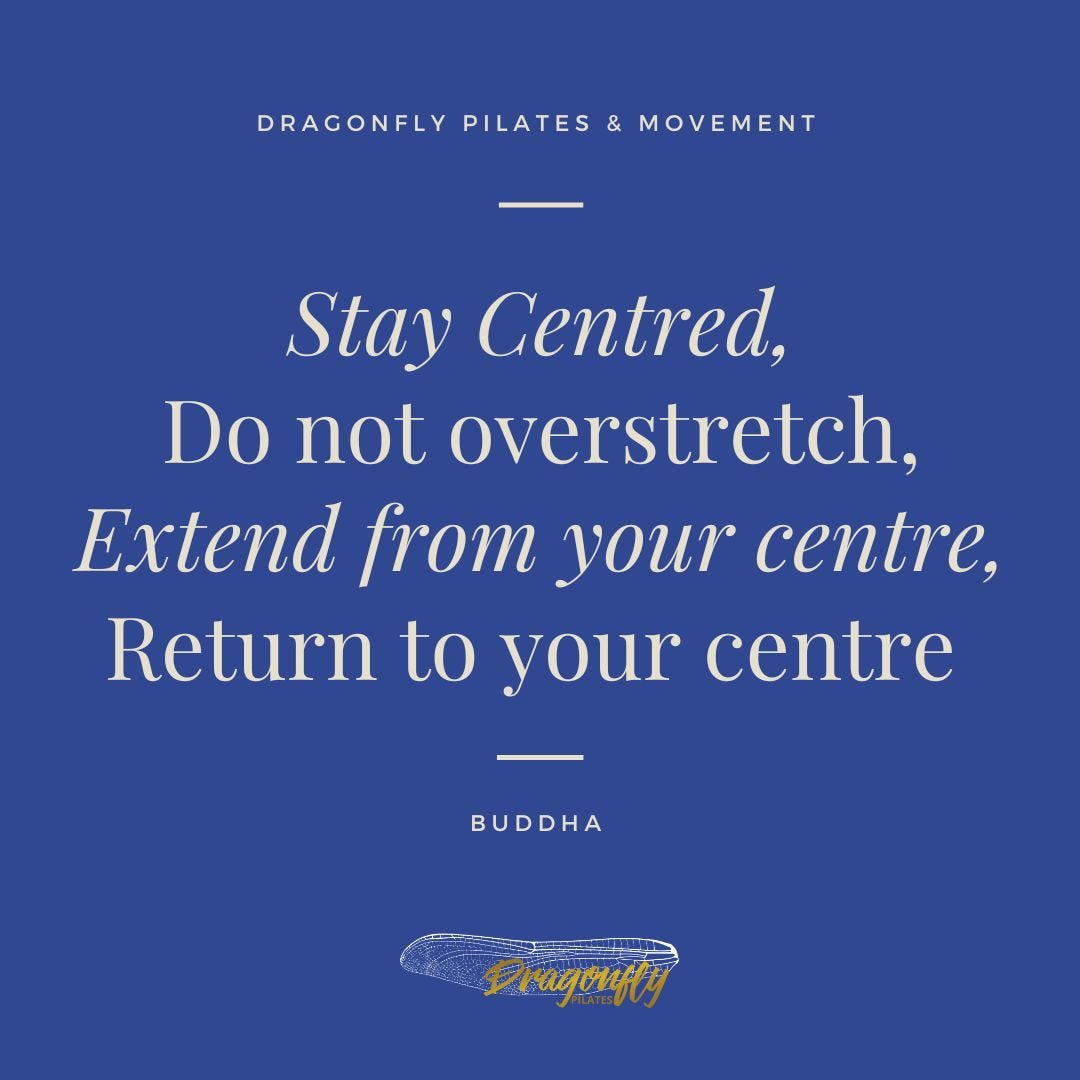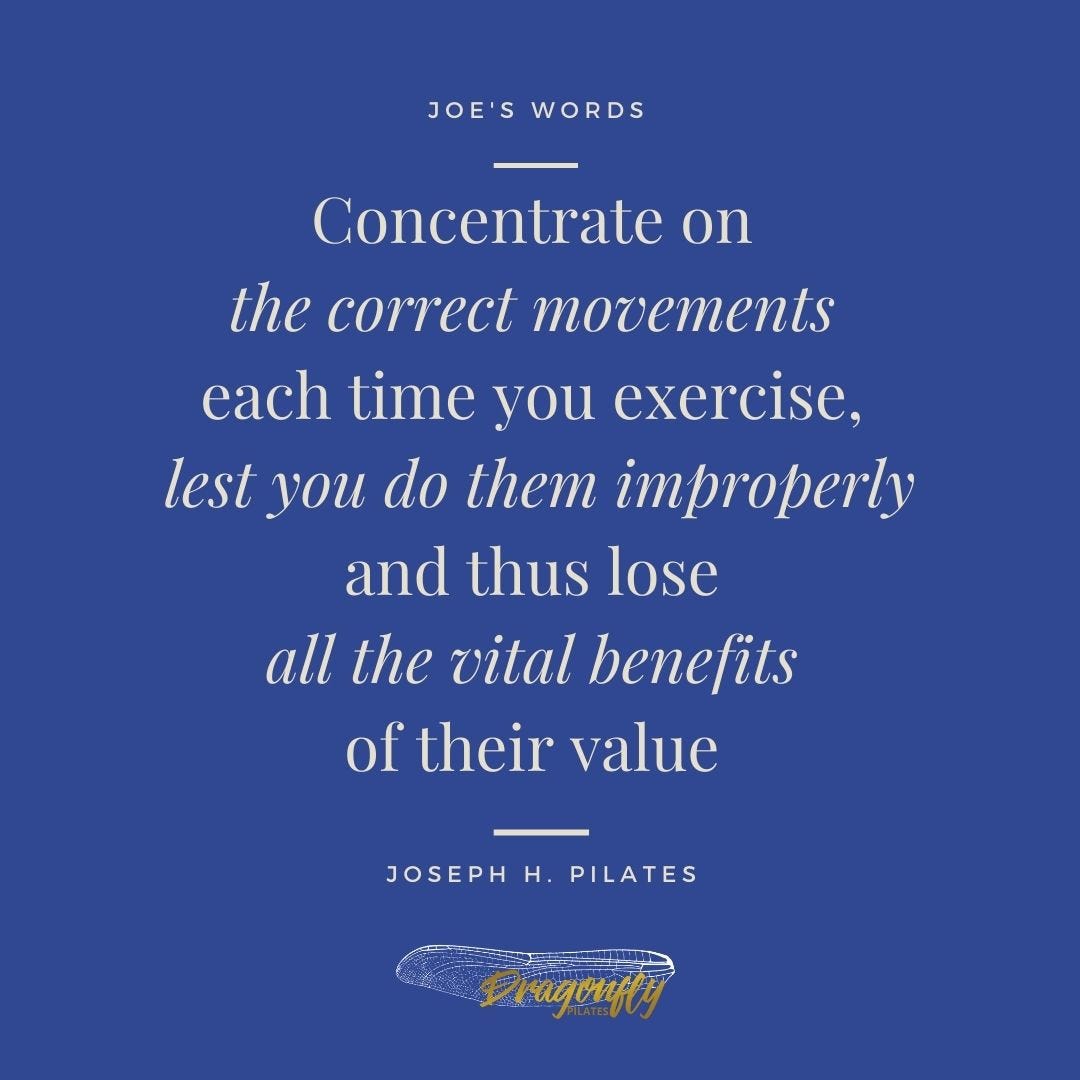Pilates Principle: Centring / Centering
Apply it to your practice for greater awareness and growth

There are six Pilates Principles and while not coming directly from the mouth of Joe, are nonetheless accepted as guiding “truths” in the Pilates Method.
The Pilates Principles are interrelated and overlap.
Today we’ll talk about Centring
or, depending on where in the world you’re reading this, Centering.
I will use Centring because otherwise my spellcheck will go mad and so will I.
Three Ways to apply Centring to Pilates
First and probably most central is the idea that in Pilates we work from a strong and centred core,
with the arms and legs connected into it via a stretchy, strengthy power. (such technical language, haha)
Here’s a way to think about this relationship and sorry in advance for my weird imagery brain:
Let's say your body is a car. The pelvis is the driver of the car and every other body part is a passenger, safely buckled up and feeling good, because the driver is so, so, skilled! 🚙
Whoo hoo, let's hear it for a skilled core!
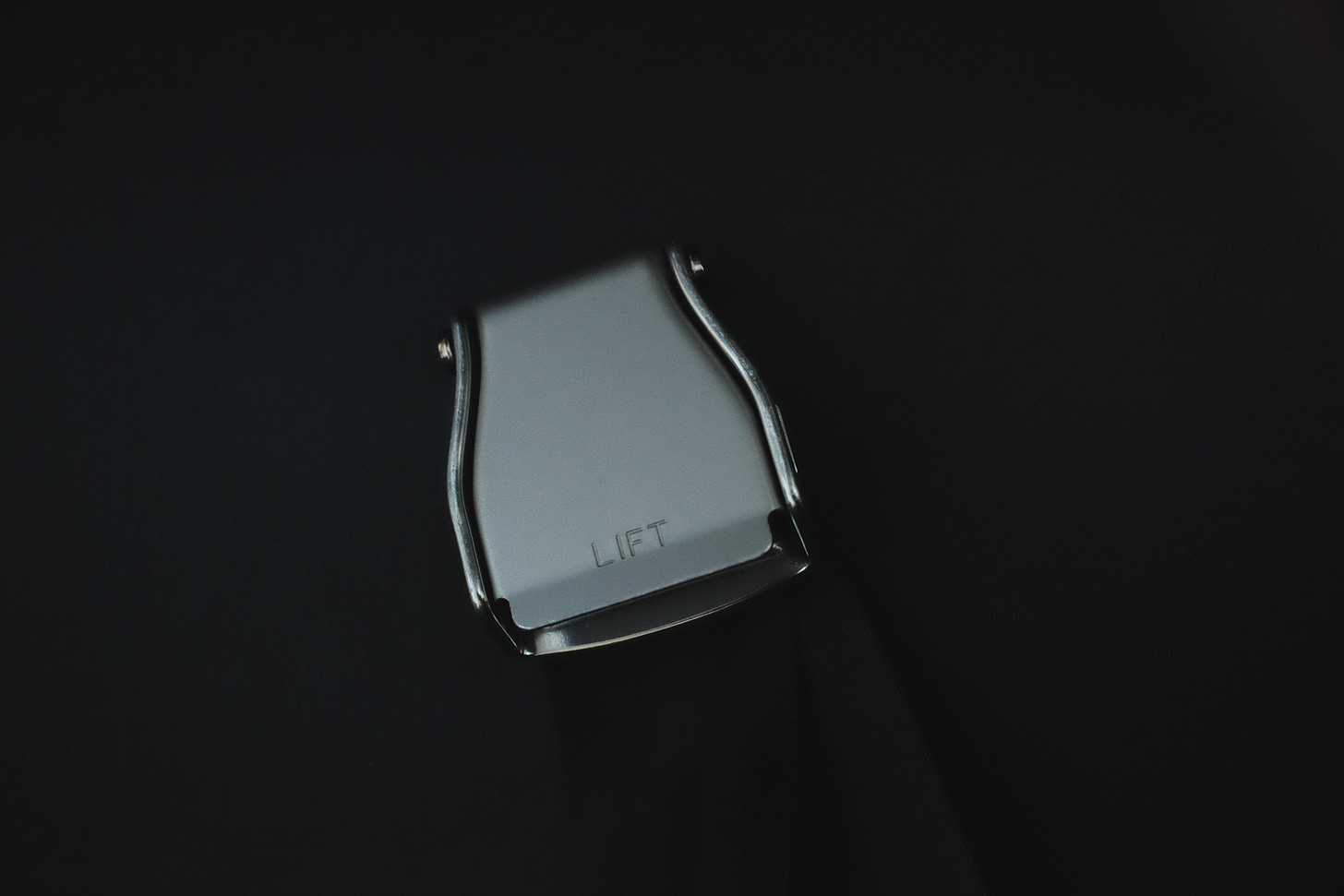
Next
We can think of Centring in relation to our centre of gravity, aka our COG
This is the single point where the body could be suspended and evenly balanced in all directions.

Everyone’s COG is unique to them.
Men’s are higher than women’s which is fyi, one reason why they struggle to do the pick-up-a-chair-with-your-head-against-a-wall party-trick.
Our COG is dependent on the distribution of our body weight.
Think of someone with a short torso, longish arms and broad shoulders and ribs (that would be moi’) versus someone with a long waist and extremely long legs (def not moi'). Those two bodies have very different proportions so will by necessity have to work differently.
Applying the COG to the Pilates world
Sometimes the exercises we might struggle with aren’t because we’re not strong enough but because of our body’s proportions!
What? I know!
Real world example:
at the top of the Teaser your eyes and toes are ideally at the same level but I had a client whose legs were so long compared to his torso length there was no way in h e double toothpicks he could have a 'successful' Teaser. We changed it so his eyes were knee level and voila' he had a fabulous Teaser at his disposal!
Since your body proportions are out of your control make sure you're not beating yourself up unnecessarily over something you will never be able to 'fix'.
Instead change the way you're doing the exercise and if helpful grab a prop or two to fill in your gaps. (alternately you could do...)
Number Three
Centring connects us energetically to the midline of our body
Imagine a zipper!
photo by Elizabeth Villalta
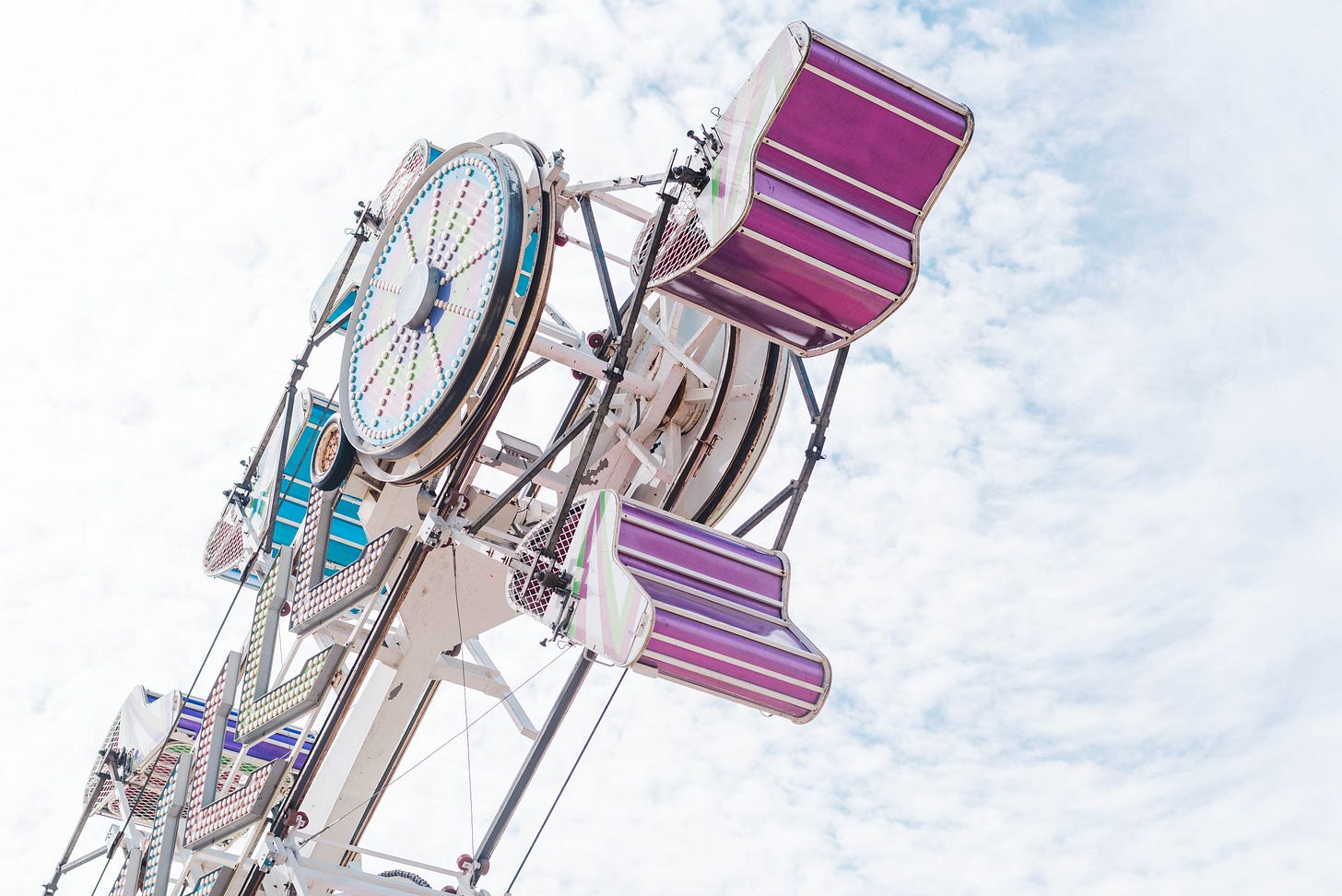
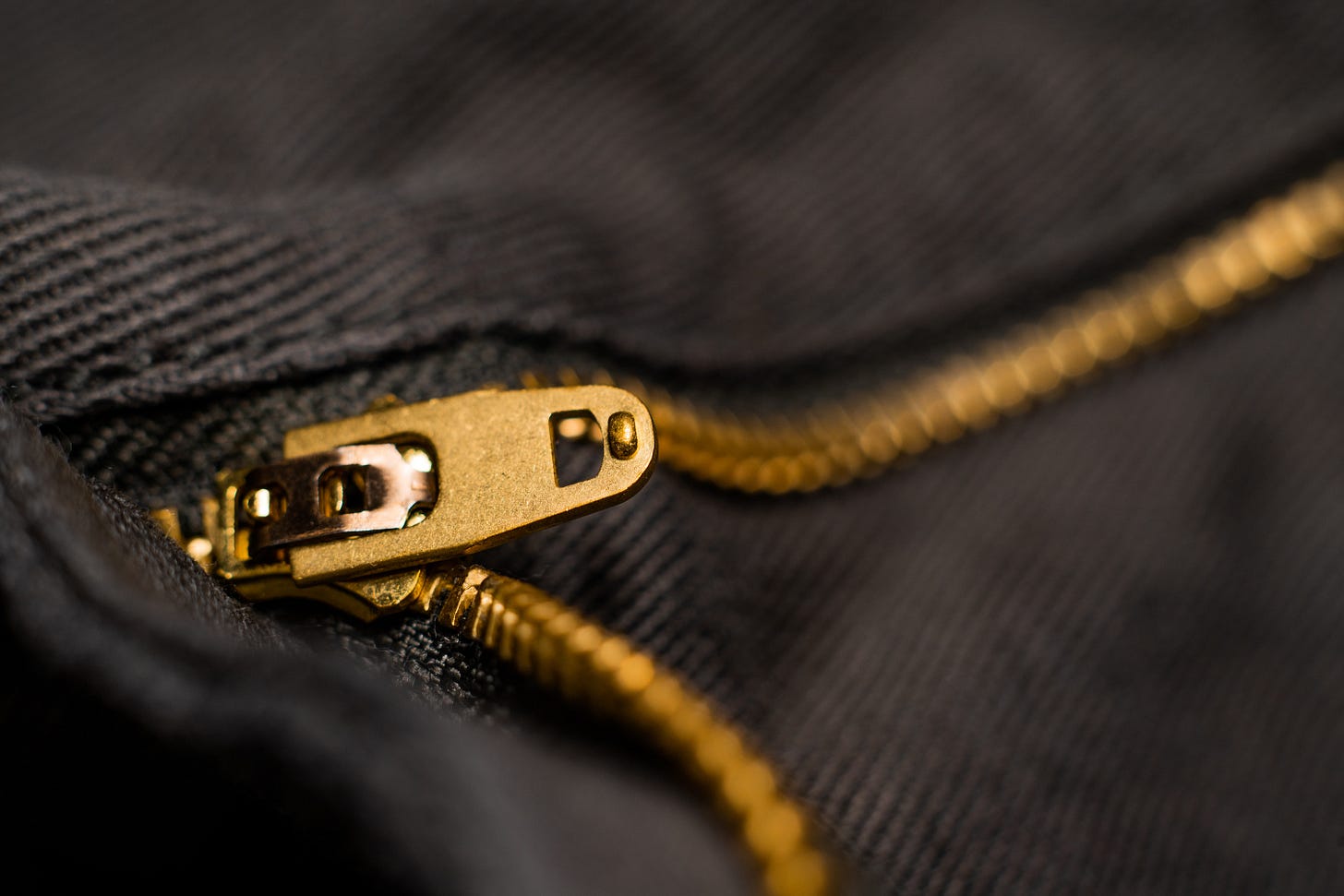
Think of the zipper starting at your inner ankle bones, coming up all the way through the centre of your body, your chin, your nose, your forehead, and finally out the crown of your head.
In Pilates we connect into that midline while at the same time we stay broad (so we don’t lose our length by collapse or contraction). This nicely circles back up to my first point. Centring and drawing to our midline will help us engage our centre, and keep us moving from our core. Remember the core is the driver of our body car - beep beep.
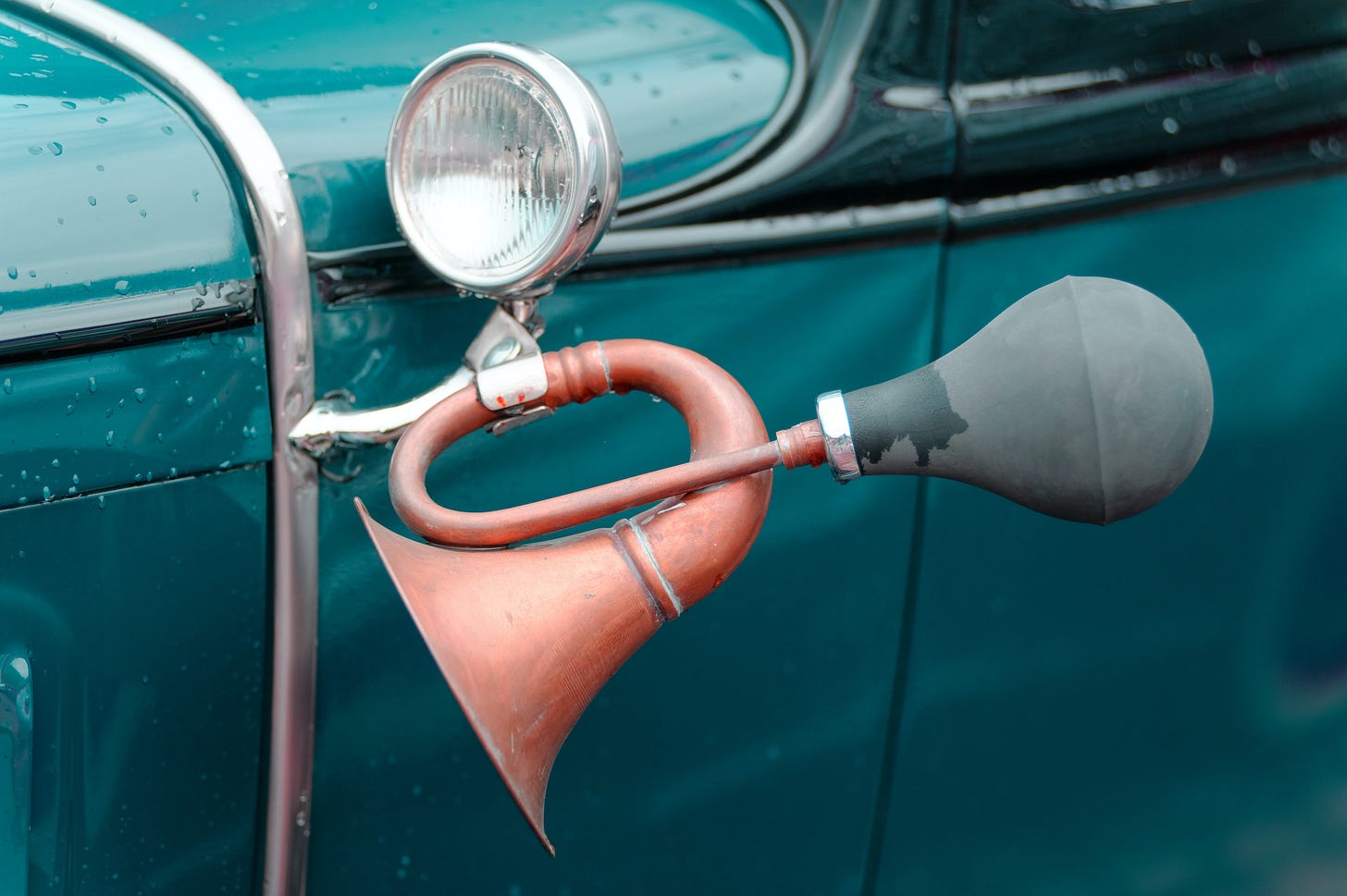
But wait, we’re not done!
Another Three ways we can apply Centring to our Pilates practice
#1 Where's our body in SPACE?
Is it centred on our mat?
Are we straight when we lie down on our back? (a lot of time we think we are but we are So. Very. Not. Am I Right?)
We use the geometry, i.e. the straight edges of our mat, as we transition from exercise to exercise, to make the micro adjustments necessary to stay aligned side to side and up to down.
We adjust our bodies during our class or session depending on the exercise - think of schootching the pelvis forward to the top end of the mat before we Roll Like A Ball and then schootching it back again to the middle before beginning the Abdominal Series.
#2 Where's our body in RELATIONSHIP TO ITSELF?
Are we centred to our midline when we’re performing our exercises?
Is our Roll Up perfectly symmetrical or do we slightly pull or twist towards one side?
Our body holds our history and everyone of us has parts that are stronger or weaker depending the life led and activities performed.
Think of those tennis players with one ginormous lobster arm!🦞🎾
How about all the cyclists in the Tour de France who have massive thighs and little twig like arms? 🚴♂️
Remember Mr. Pilates overarching idea of uniform development; we’re always trying to balance out our more activated and aware body bits with the side and/or parts that might need some reminding to turn on and engage.
And
#3 I think that Centring can also apply to our mind when we lie down on our mat
Centring allows us to calm our buzzy brains and tune in to the feedback from our bodies.

Remember I said that all of the Pilates Principles are interconnected?
Do you think that focusing on Concentration, Precision, Flow, and Control would also help us to tune in and calm down? You betcha, those principles can be so very helpful!!
I actually think all the Pilates Principles could easily be applied to life but that would/could/should be a whole other blog post...
Be Well,
xBec
The information contained above is for information purposes only. The contents of this blog are not intended to amount to advice and Rebecca Forde disclaims all liability and responsibility arising from any reliance placed on any of the contents of this post.



